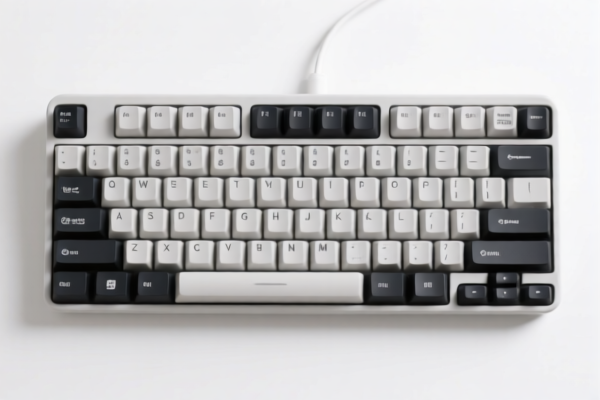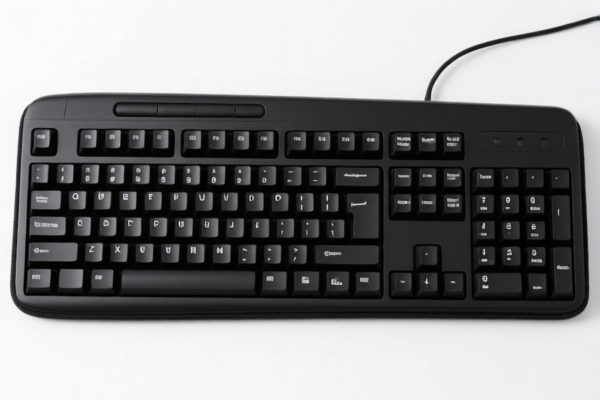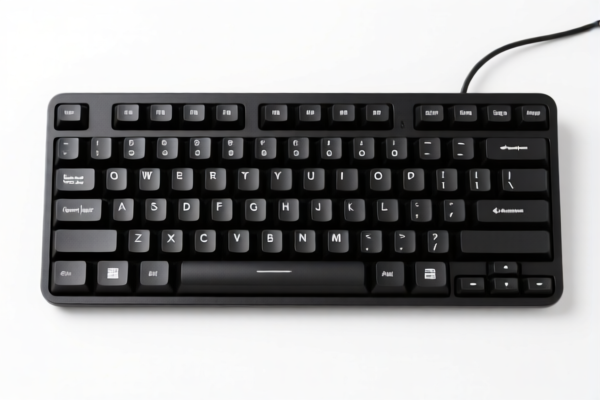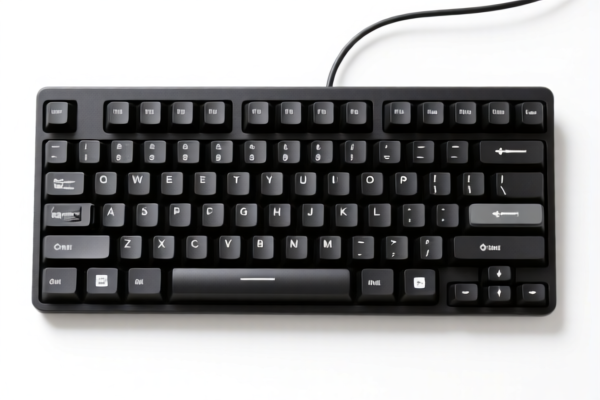| HS Code | Official Doc | Tariff Rate | Origin | Destination | Effective Date |
|---|---|---|---|---|---|
| 8517790000 | Doc | 62.5% | CN | US | 2025-05-12 |
| 8537109170 | Doc | 57.7% | CN | US | 2025-05-12 |
| 8537109160 | Doc | 57.7% | CN | US | 2025-05-12 |
| 8548000000 | Doc | 55.0% | CN | US | 2025-05-12 |
| 8548000000 | Doc | 55.0% | CN | US | 2025-05-12 |
| 9602005080 | Doc | 40.2% | CN | US | 2025-05-12 |
| 9602005010 | Doc | 40.2% | CN | US | 2025-05-12 |
| 3503005550 | Doc | 2.8¢/kg + 3.8%+37.5% | CN | US | 2025-05-12 |
| 3926100000 | Doc | 35.3% | CN | US | 2025-05-12 |
| 3926909989 | Doc | 42.8% | CN | US | 2025-05-12 |
| 3919905060 | Doc | 60.8% | CN | US | 2025-05-12 |
| 3919905040 | Doc | 60.8% | CN | US | 2025-05-12 |
| 8473408600 | Doc | 55.0% | CN | US | 2025-05-12 |
| 8473509000 | Doc | 55.0% | CN | US | 2025-05-12 |
| 8471602000 | Doc | 20.0% | CN | US | 2025-05-12 |




Keyboard Cover
A keyboard cover is a protective or functional accessory designed for computer keyboards. These covers typically sit over the keyboard keys, offering various benefits depending on the material and design.
Materials
Keyboard covers are constructed from a range of materials, each with distinct properties:
- Silicone: The most common material. Silicone covers are flexible, durable, waterproof, and provide a degree of sound dampening. They are relatively inexpensive.
- TPU (Thermoplastic Polyurethane): Offers greater clarity and resistance to yellowing compared to silicone. It’s also more resistant to oil and abrasion.
- Plastic (Polycarbonate, ABS): Hard plastic covers provide more robust protection against impacts and scratches but are less flexible. They often feature a textured finish.
- Fabric: Often used in conjunction with a silicone or plastic base, fabric covers offer a softer touch and can provide a unique aesthetic.
- Leather/PU Leather: Primarily used for aesthetic purposes and a premium feel, these covers offer minimal protection against spills but can protect against dust and scratches.
Purpose & Function
- Protection: The primary function is to shield the keyboard from dust, debris, liquids (spills), and physical wear.
- Key Preservation: Prolongs the lifespan of keycaps by preventing fading and wear from frequent use.
- Noise Reduction: Silicone and TPU covers can dampen the sound of keystrokes, making the typing experience quieter.
- Aesthetic Customization: Available in various colors and designs, allowing users to personalize their keyboards.
- Hygiene: Easier to clean than the keyboard itself, reducing the buildup of bacteria.
- Backlight Visibility: Some covers are designed to allow keyboard backlighting to shine through, enhancing visibility in low-light conditions.
Usage Scenarios
- Home/Office Use: Protecting keyboards from everyday wear and tear, spills, and dust.
- Travel: Safeguarding keyboards during transportation, preventing damage in bags and during handling.
- Public Workstations: Maintaining hygiene on shared keyboards in libraries, schools, or offices.
- Gaming: Protecting keyboards from heavy use and providing a comfortable typing experience.
- Specific Environments: Protecting keyboards in dusty, dirty, or liquid-prone environments (e.g., food service, manufacturing).
Common Types
- Full Covers: Enclose the entire keyboard surface, providing comprehensive protection.
- Keycap Covers (Individual): Small covers that fit over individual keycaps, often used for customization or replacing worn keys.
- Skin Covers: Thin, form-fitting covers that adhere to the keyboard surface, offering minimal protection but providing a customized look.
- Protective Films: Transparent films applied to the keyboard surface to protect against scratches and spills.
- Laptop Keyboard Covers: Specifically designed for laptop keyboards, often featuring a slim profile and precise fit.
- Mechanical Keyboard Covers: Designed for mechanical keyboards, accounting for the unique keycap profiles and switch types.
Based on the provided information, the following HS codes are relevant to “keyboard cover”:
-
8471602000: Automatic data processing machines and units thereof; magnetic or optical readers, machines for transcribing data onto data media in coded form and machines for processing such data, not elsewhere specified or included: Input or output units, whether or not containing storage units in the same housing: Other: Keyboards. While this code primarily covers keyboards, a keyboard cover could be considered an accessory for these units.
- Chapter 84: Machinery and mechanical appliances; parts thereof.
- Heading 8471: Automatic data processing machines and units thereof.
- Subheading 847160: Input or output units.
- Subheading 84716020: Other: Keyboards.
-
3926100000: Other articles of plastics and articles of other materials of headings 3901 to 3914: Office or school supplies. A keyboard cover made of plastic could fall under this category as an office supply.
- Chapter 39: Plastics and articles thereof.
- Heading 3926: Other articles of plastics and articles of other materials.
- Subheading 392610: Office or school supplies.
-
3926909989: Other articles of plastics and articles of other materials of headings 3901 to 3914: Other: Other Other. If the keyboard cover doesn't specifically qualify as an office or school supply under 3926100000, it may fall into this broader "other" category.
- Chapter 39: Plastics and articles thereof.
- Heading 3926: Other articles of plastics and articles of other materials.
- Subheading 392690: Other.
- Subheading 39269099: Other.
- Subheading 3926909989: Other.
According to the provided reference material, the HS code options related to 'keyboard cover' are limited, with only the following 3 found.
Customer Reviews
No reviews yet.